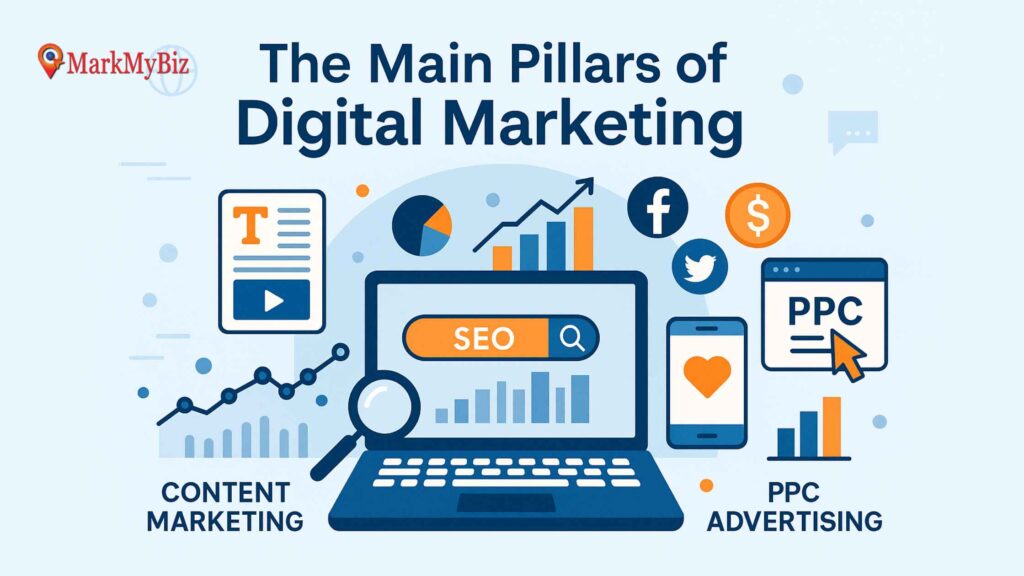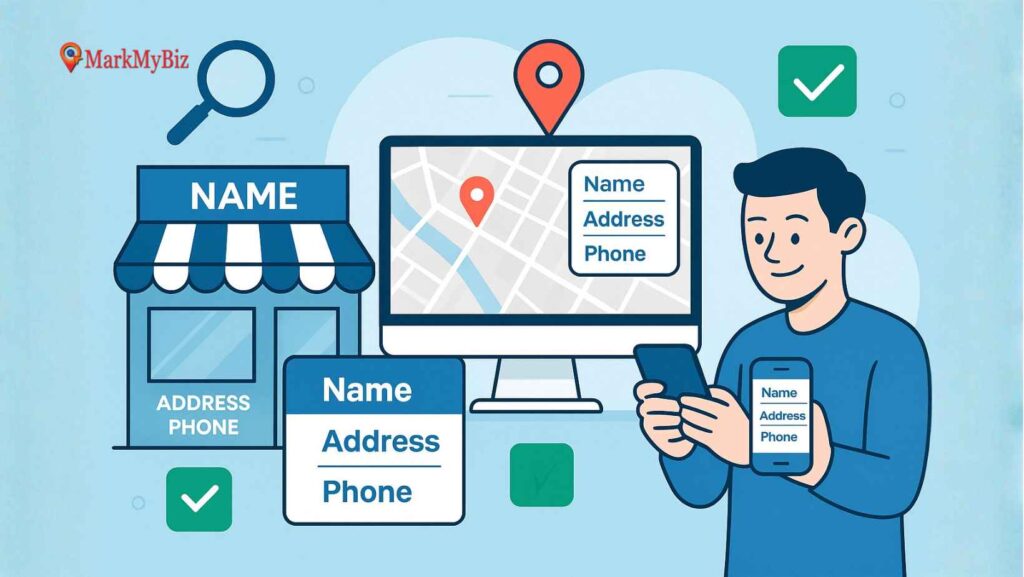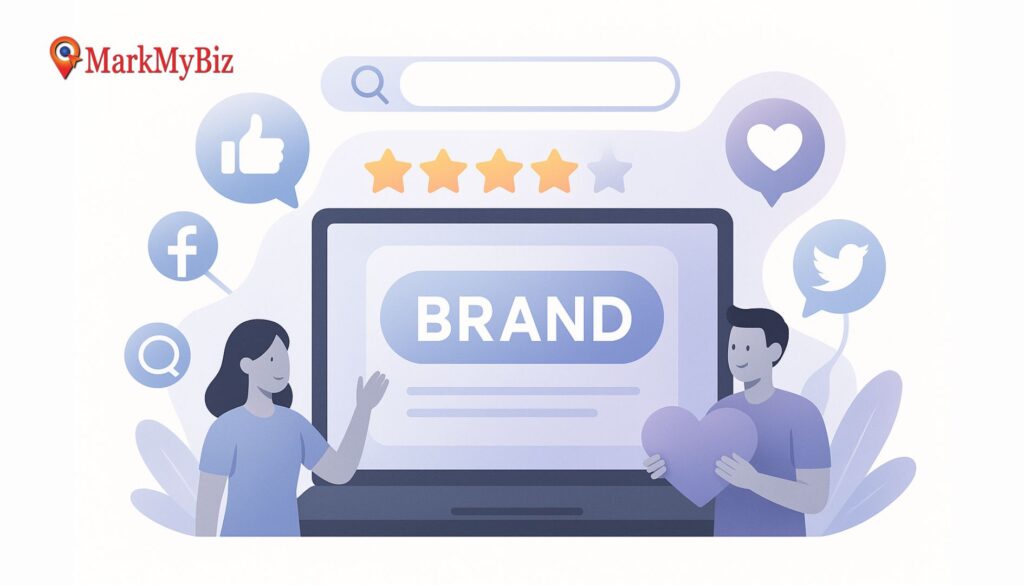In the crowded digital marketplace, brand trust is the ultimate currency. While you can buy ads and optimize landing pages, you can’t buy authentic credibility—you have to earn it. And the most effective way to do that is by empowering the people who already believe in you: your customers.
This isn’t just about collecting a stray online review. It’s about a fundamental shift in marketing philosophy. Welcome to the Advocate Economy, where your happiest customers become your most influential marketers. This guide provides a strategic blueprint for brand building by systematically turning satisfied clients into vocal advocates, a process that fortifies your online reputation management and delivers a significant boost to your local SEO. We will explore the “why” and the “how,” providing actionable steps to create a powerful, self-sustaining engine of growth fueled by genuine customer loyalty.
Why Brand Advocates Are Non-Negotiable for Modern Business Growth
Building Credibility in an Age of Skepticism
Today’s consumers are more discerning and skeptical than ever. They are bombarded with marketing messages and have grown adept at tuning them out. What they do listen to, however, are other people. A testimonial from a real person provides an unbiased, third-party endorsement that cuts through the noise. This peer-to-peer validation is the cornerstone of building credibility and is essential for converting prospects into customers.
The Undeniable Link Between Google Reviews and Local SEO
For any business targeting a local clientele, Google reviews are a critical ranking factor. A consistent flow of positive, recent reviews signals to Google that your business is not only legitimate but also valued by the community. This directly impacts your visibility in the “Local Pack” and on Google Maps, driving foot traffic and qualified leads. Effective online reputation management starts with proactively generating these positive signals, creating a digital footprint that reinforces your relevance and authority.
A Step-by-Step Guide to Cultivating Brand Advocacy
Transitioning customers into advocates is a process that requires strategy and intention. It doesn’t happen by accident. By following a structured approach, you can create a repeatable system for generating powerful testimonials and fostering lasting loyalty.
Step 1: Master the “Ask” – Making It Effortless to Share Feedback
The most common reason customers don’t leave reviews is simple: they’re not asked, or the process is too complicated. Your first mission is to remove all friction.
- Timing is Critical: The ideal moment to request a review is immediately following a positive experience, when the customer’s satisfaction is at its peak. This can be after a successful project completion, a positive customer service interaction, or the delivery of a product.
- Provide a Direct Path: Never assume a customer will go out of their way to find your review page. Embed direct links to your Google reviews page, Yelp profile, or other relevant platforms in your follow-up communications. The fewer clicks required, the higher your conversion rate will be.
- Frame the Request Thoughtfully: Instead of a generic “Leave us a review,” try a more personal and community-oriented approach. For example: “Your feedback helps others in our community make informed decisions. Would you mind sharing your experience?” This empowers the customer and makes their contribution feel more meaningful.
Step 2: Amplify Their Voice – Turning Testimonials into Marketing Gold
Once a positive online review is posted, its journey has only just begun. The next step is to strategically amplify that voice across all your marketing channels to maximize its impact.
- Showcase on Your Website: Create a dedicated testimonials page, but don’t stop there. Integrate relevant testimonials directly onto your service and product pages. Placing a quote about a specific offering right next to its description provides powerful, context-sensitive social proof.
- Create Shareable Social Media Content: Transform a compelling sentence from a review into a visually appealing graphic. Share it on your social media platforms, and if possible, tag the customer (with their permission) to add another layer of authenticity. This not only celebrates your customer but also leverages their network for broader reach.
- Integrate into Sales and Marketing Materials: A powerful testimonial can be the final nudge a prospect needs. Incorporate your best reviews into sales proposals, case studies, email newsletters, and presentations to reinforce your value proposition and build brand trust from the very first touchpoint.
Step 3: Engage with Every Review – The Litmus Test of Customer Centricity
Your response to reviews is a public performance that demonstrates your company’s values. It’s a crucial aspect of online reputation management that many businesses overlook.
- Celebrate the Positive: When a customer leaves a glowing review, respond with a personalized thank you. Acknowledge a specific point they made to show that you are listening. This simple act of recognition makes the customer feel valued and encourages others to share their positive experiences.
- Embrace the Negative: A negative review is not a crisis; it is an opportunity to showcase your commitment to customer satisfaction. Respond promptly, publicly, and professionally. Acknowledge their issue, express empathy, and offer a clear path to resolution (usually by taking the conversation offline). A well-handled complaint can often turn a detractor into a loyal advocate.
The Pinnacle of Advocacy: Building a Community of Champions
The ultimate goal extends beyond individual reviews. It’s about building a thriving community of brand champions who actively and willingly promote your business.
This involves identifying your most passionate customers and making them feel like valued insiders. You can create an exclusive group, offer them early access to new products or services, or invite them to provide feedback on future business decisions. The key is to provide genuine value in exchange for their loyalty and advocacy. When you empower these individuals and give them a platform, you are not just generating testimonials; you are building a sustainable, authentic marketing engine that will drive your brand building efforts for years to come.
Conclusion: Your Greatest Asset Is Your Happiest Customer
In the final analysis, the path to sustained growth and a sterling reputation is paved with authentic customer relationships. The strategies outlined here are not just about marketing tactics; they represent a customer-centric philosophy that places brand trust and credibility at the heart of your business model. By moving beyond a transactional mindset and actively cultivating a community of advocates, you unlock your single greatest marketing asset: the voice of a happy customer.
The Advocate Economy is here to stay. Businesses that learn to harness the power of their community will not only dominate their local search rankings but will also build a resilient, trusted brand that can withstand the ever-changing tides of the digital marketplace. Start today by making it easy for your customers to share their stories, and watch as their voices combine to become your most powerful and persuasive marketing message.










